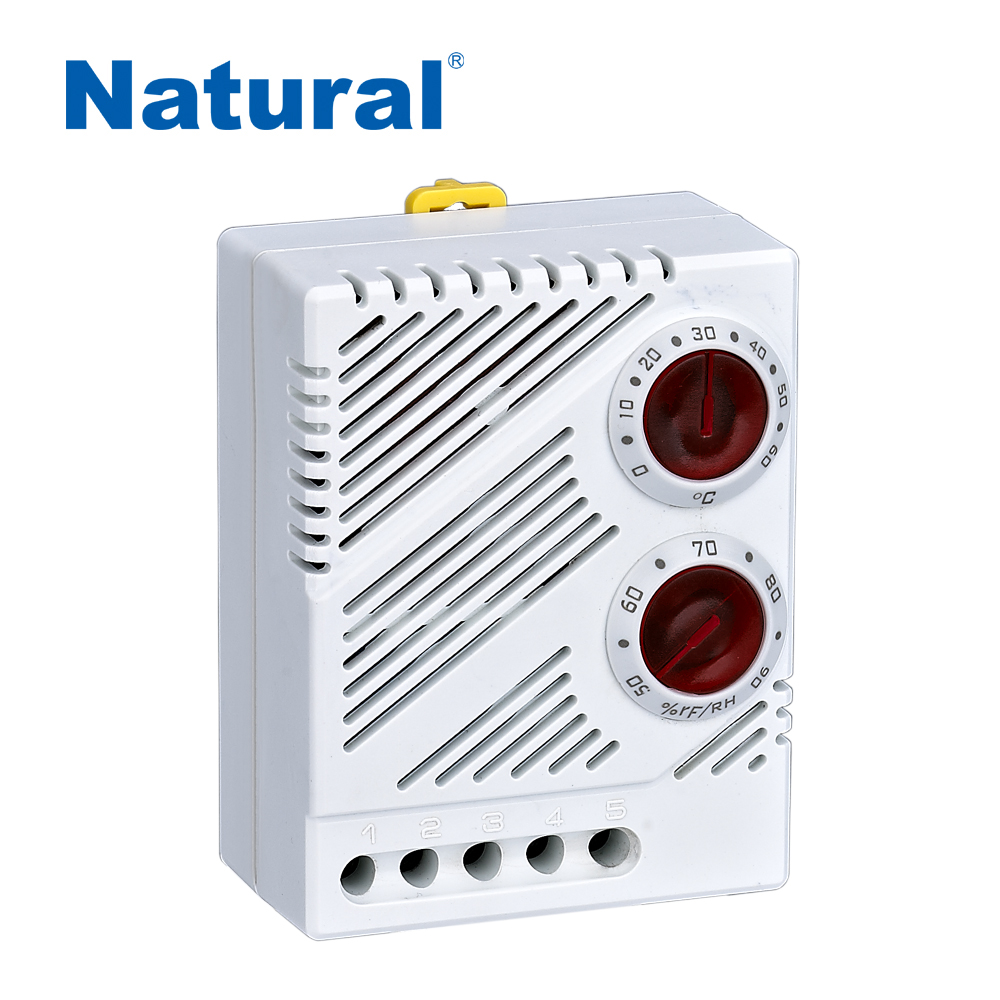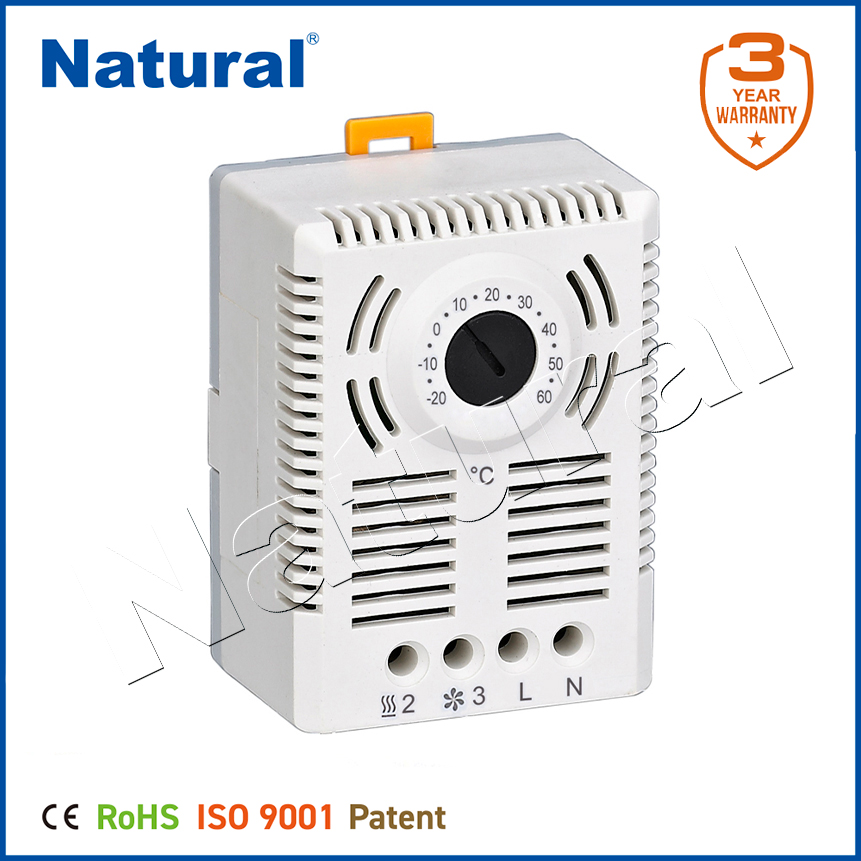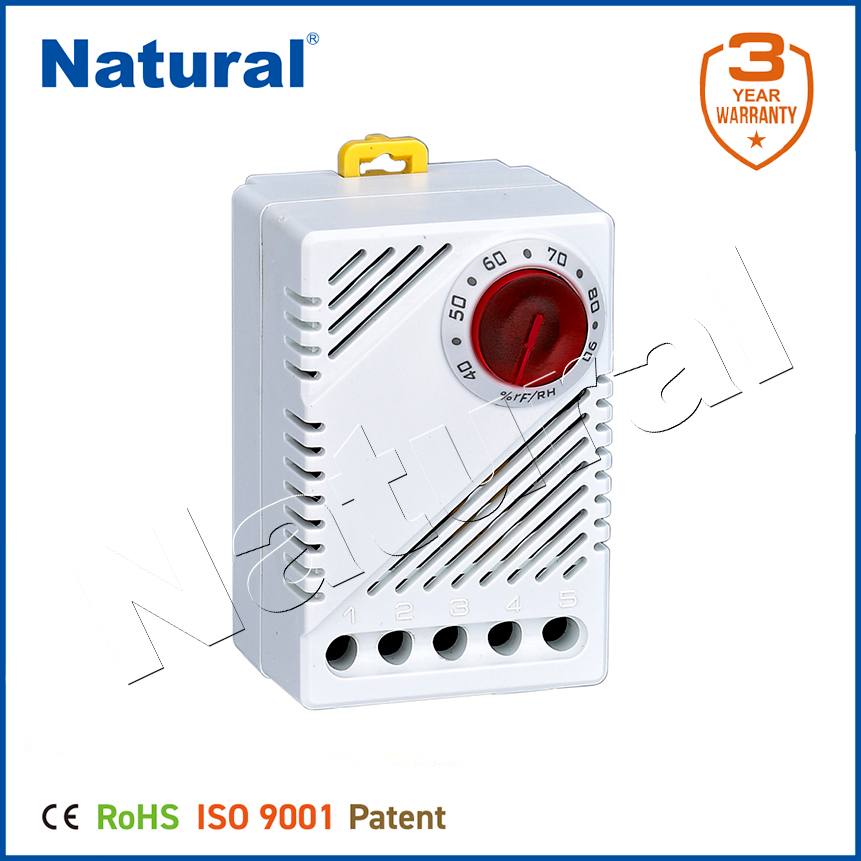In the realm of modern technology, the electronic hygrostat stands out as a crucial device for managing humidity levels in various environments. Whether in residential settings, industrial applications, or agricultural environments, controlling humidity is vital for comfort, health, and the preservation of materials. This article delves into the workings, applications, and benefits of electronic hygrostats, shedding light on their importance in our daily lives.

What is an Electronic Hygrostat?

An electronic hygrostat is a device designed to measure and control the humidity levels in the air. It functions similarly to a thermostat, which regulates temperature, but its primary focus is on humidity. Most electronic hygrostats feature sensors that continuously monitor the ambient humidity and provide real-time data. When the humidity level exceeds or falls below a set threshold, the hygrostat triggers an action, such as activating a humidifier or dehumidifier, to maintain the desired conditions. How Does an Electronic Hygrostat Work? The core function of an electronic hygrostat revolves around its sensing technology. Most models utilize capacitive or resistive sensors to detect moisture in the air. Capacitive sensors measure the change in capacitance caused by moisture, while resistive sensors gauge the resistance between two electrodes affected by humidity. This data is then processed by the hygrostat’s microcontroller, which makes decisions based on pre-set humidity levels.
